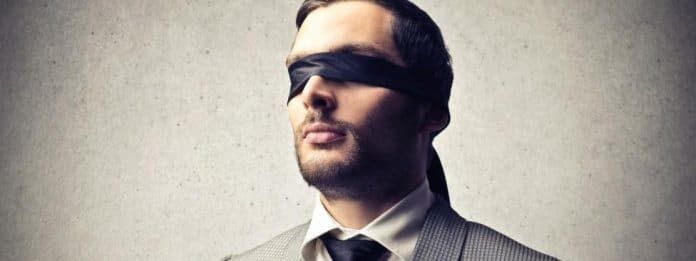Why the overexposure of’a brand can be a serious problem that causes blindness among customers and consumers
L’One of the signs of popularity that some brands have put forward and turned into signs of their identity and their role towards consumers is the omnipresence of the TV channel’omnipresence of their establishments in the cities.
Qu’is overexposure to the Internet’a brand
When you arrived a few years ago as a tourist in some American cities, especially New York, the’one of the things that attracted the’attention was the’The first point to remember is that the Starbucks chain is a very popular brand. It n’was not necessary to’go a long way and walk many streets to find a cafeteria, even if you left another one behind a short time ago. Starbucks then followed a strategy of, so to speak, flooding the market, at least in its original market.
It was present everywhere, as the immediate solution when it was necessary to anticipate the changes imposed by the new times’A consumer needed to be able to see the brand as a “basic” brand’a dose of caffeine.
And the strategy seemed to work for them. Starbucks was the’It is one of those recurring successes of recent years, even with its history of overcoming in between, to be able to return from the past’between the dead (or rather of the dead)’It was a crisis) in a few years when its founder had left the control of the company’company. Little by little, it became the’one of the most recognized brands and the’But was this excessive brand presence such a good idea?’the idea of drinking coffee. But was this excessive brand presence such a good idea ?
If Starbucks succeeded a few years ago to become known and to be in the market, it would be a good thing’s values (those of the company)’While the Swedish company has developed a more “European” experience of coffee consumption, quality coffee and spaces like cafeterias, its ubiquity has ended up undermining its associated values and brand.
Consumers started to consider it as a “basic” brand. C’It is difficult to translate this concept into a single word in Spanish, but it could be said that it is a concept that has been in use for a long time’is the exact opposite of what Starbucks has been trying to sell for years. This n’It wasn’t that cool brand, but it was the only one’one of many and not particularly remarkable. A few years ago, Starbucks crossed the border where its competitor was Dunkin’Donuts and not a sophisticated cafeteria with a Parisian flair.
With its overexposure, it had diluted the brand and the’had made it less attractive. Persecuting the consumer no longer works.
Starbucks’was not the only company facing this problem. C’is the’one of the companies that also overloaded the data of H&M in recent years. The Swedish giant went from the’enemy number 1 of Zara to wonder what’He made his life with a warehouse full of products’unsold goods worth too many millions of dollars’euros – a few years ago.
In part, its crisis has been marked by a lack of focus on the consumer’excess. To the’In the era of e-commerce, there were too many physical stores.
But it was not’It was not just a matter of drinking coffee’This means that there is a problem with e-commerce versus retail, or not understanding the generational changes, but also that there are too many physical stores’to have put the brand too present. H&M was too much in too many’places.
A trend in retail
These two cases are’also fit into a general retail trend. As they point out in an analysis done at Forbes, in recent years, several large retail chains have realized that’A significant portion of their stores are actually superfluous and that’they have too much money’sales areas. This means that’We need to readjust and close the stores.
In fact, in the U.S., several chains are participating in these readjustment processes and eliminating marketing space.
As concluded by the’In the case of the business magazine analyst, it is possible that this is happening because their managers do not have the resources to do so’They were not aware of the importance of the brand’It is difficult to translate this concept into a single word in Spanish, but we could say that it is a good thing that the market is evolving and that it is not only the fault of e-commerce’have not been able to do so’The idea of drinking coffee was not to anticipate the changes imposed by the new times.
The stores did not’have not stopped’to be redundant’one day to the’They had been overexposed to each other because of e-commerce, he said, but they started to use it as a tool to improve their brand’s strategy has been in place for a long time, while some of its competitors have known how to redirect what they need to do’they did.
This is not’It is not only the fault of e-commerce.
But don’t stop there and think that the problem isn’t the same as the one you’re facing now’is that’a conflict between the process of’purchase of’today’today and yesterday’s strategy seemed to work for them today and yesterday, but things are much more complex, as shown by the cases H&M or Starbucks – and back to the beginning. The overexposure of the brand at a time when consumers no longer want to, c’is too serious a risk for companies to take.
In a time when consumers value experiences and want everything to be as unique and different as possible, offering things en masse doesn’t seem to be the best solution and the most appropriate way to get things done’reach their hearts and wallets.
